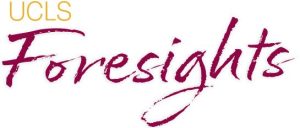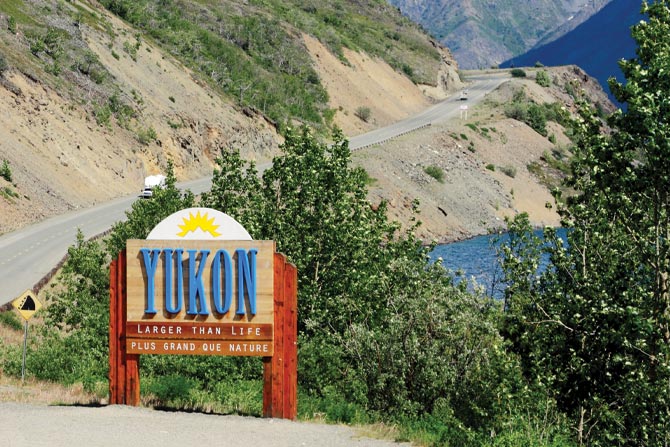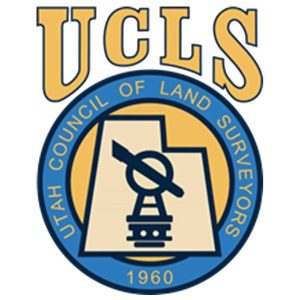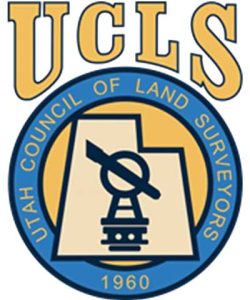This article has been edited for clarity and length.
In 1954, the breakfast cereal market was a highly competitive one. Some cereal manufacturers hired tigers and bears to promote their products, while others lured customers by stuffing their boxes with premiums – whistles and marbles, buttons and soldiers, and plastic airplanes. Quaker Oats tried toy cannons that actually shot cereal across the kitchen, and rings with prisms that could really burn holes in Mom’s tablecloth, but they hadn’t gone over too well – Mom, after all, was the one who bought the stuff.
Advertising executive Bruce Baker wanted a promotional scheme that would tie in with Sgt. Preston of the Yukon, the radio (and later, TV) show sponsored by Quaker Oats. It starred Richard Simmons as a handsome, burly, mustachioed Mountie who always got his man and never got his scarlet tunic mussed. Sgt. Preston had a team of huskies led by Yukon King (“On King! On, you huskies!”) The show was broadcast by stations across the U.S. and Canada, and the kids loved it.
Baker’s idea was this: Quaker Oats would buy land in Sgt. Preston’s Yukon Territory, subdivide it into square-inch lots, and give the lots away to buyers of Quaker cereals. It would be a legal transfer of land: every kid who dug to the bottom of the cereal box would find a deed to one square inch of Canadian Gold Rush land. They’d be “gold-embossed,” and have legalistic fine print on them, a corporate seal, and a place to put the new owner’s name. The kids would go crazy trying to get them! Quaker Oats would conquer the cereal market! The world!
Quaker Oats hated the idea.
It was impossible, the company’s lawyers told Baker. Registering the deeds would cost the company a fortune. Then we won’t register them, said Baker. Forget it, said the lawyers.
But he wouldn’t forget it. In October 1954, Baker flew to the Yukon looking for land. He paid $1,000 for 19 acres of government property seven miles up the Yukon River from Dawson. By then, Baker had convinced Quaker Oats that the promotion would work.
Lawyers John Baker and George Van Roggen drew up the deeds for the giveaway scheme. “They were very carefully worded,” said Van Roggen. “Everything had to be absolutely legal – the competition in the food business was so strenuous that your competitors would try to get you on any small technicality.” The deeds excluded mineral rights; although the area had by then been stripped of gold, they didn’t want deed owners trying to mine their square-inch properties. It was also stipulated that owners had to allow perpetual access, or “easement,” across their land to others who might wish to visit their own inches. Quaker Oats formed a subsidiary, the Klondike Big Inch Land Co., to handle the promotion.
The subdivision plan was a problem. Van Roggen explained: “I just visualized that we would have a land surveyor divide the land into parcels. But 21 million deeds were printed, and since it would take a square inch of paper to mark in the deed number, we’d have to have a subdivision plan the same number of acres in size.” A solution was reached: the deeds were numbered consecutively, according to a master plan. If you wanted to find, say, lot number 11,935,000 you simply had to start in the northwest comer of the land, travel east 7,000 inches, go south 1,705 inches, and there you’d be, standing on your inch. “Theoretically,” says Van Roggen, “you could find any square inch in the subdivision.”
The promotion was first announced on the Sgt. Preston network radio show on Jan. 27, 1955, and advertisements appeared in 93 newspapers. The public response outdistanced Baker’s wildest dreams. Quaker Oats cereal sold as quickly as the deeds could be printed and stuffed into the boxes.
Letters from new landowners flooded the Quaker Oats offices. “Where exactly,” thousands of children asked, “is my inch located?” “How much is it worth?” One youngster sent in four toothpicks and a piece of string and asked the Quaker people to erect a fence around his property. “Interest in the promotion,” says Baker “was unbelievable.”
But all good things, alas, must come to an end, or so Quaker Oats thought. The Sgt. Preston show went off the air in the late 1950s. The Klondike Big Inch Land Co., kept alive for a number of years to handle inquiries, was dissolved in 1965. And the 19 acres of Yukon land were repossessed by the Canadian government for non-payment of $37.20 in taxes.
Yes, Quaker Oats would have liked to forget the whole thing, but it couldn’t. Unlike plastic whistles, the Yukon land deeds weren’t played with for a week and thrown away. You don’t, after all, toss out a “gold-embossed” deed to land, even if it is just for one square inch. Who knows, it might be worth something someday. People squirreled them away and
forgot about them. For a while.
Quaker Oats received hundreds of inquiries every year, from kids who grew up and rediscovered a deed, and from executors of estates who came across a Big Inch deed in a deceased’s belongings. How much, they all wanted to know, is this land worth now? Is the deed genuine? Where exactly is it located?
Officials in Ottawa, only slightly amused, referred all correspondents to the Quaker Oats Co. in Chicago. And Quaker had the unhappy – and time-consuming – task of telling them that the deeds were worthless, that the Klondike Big Inch Co. no longer existed, and that the Canadian government had taken back the land.
Originally published in Canadian Magazine, 1975.









